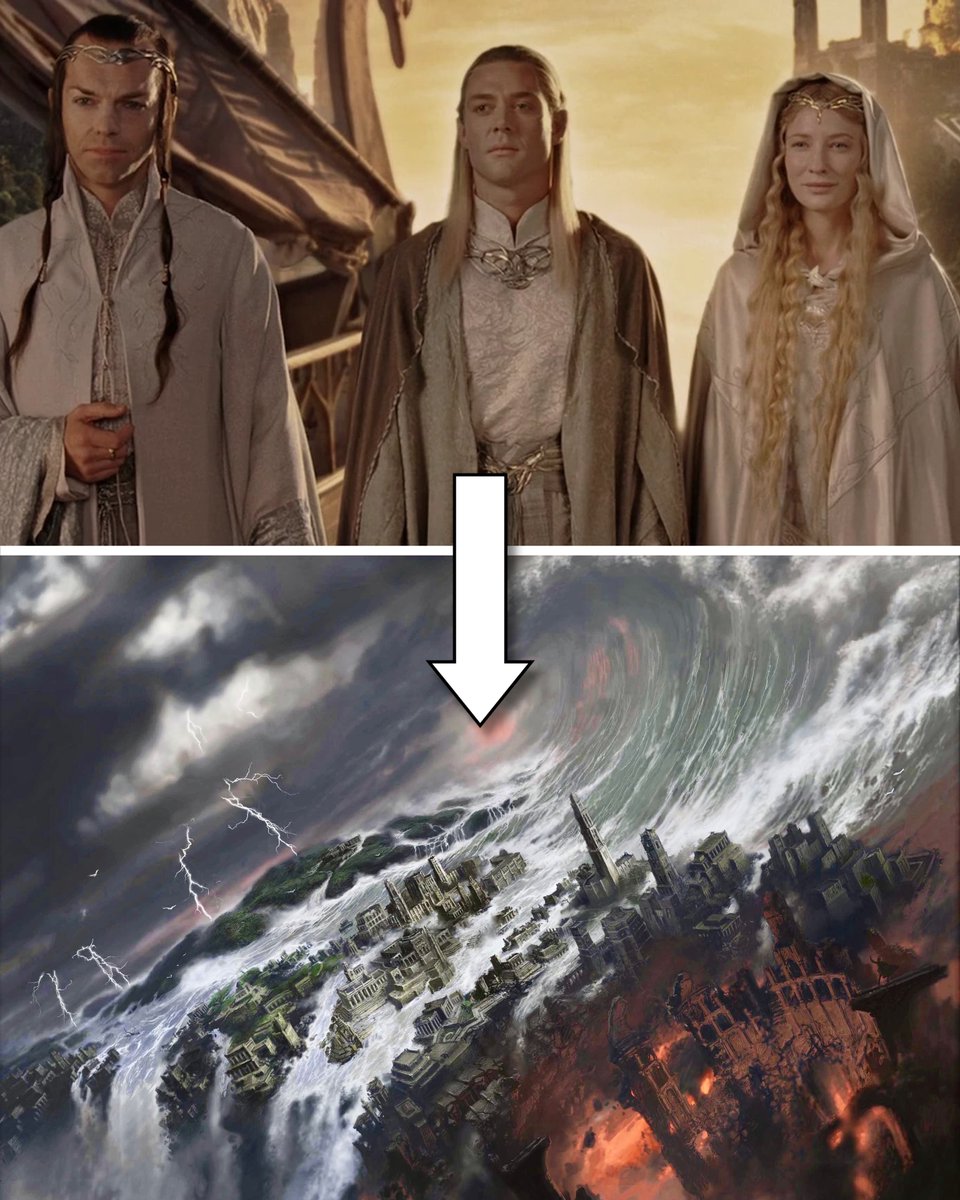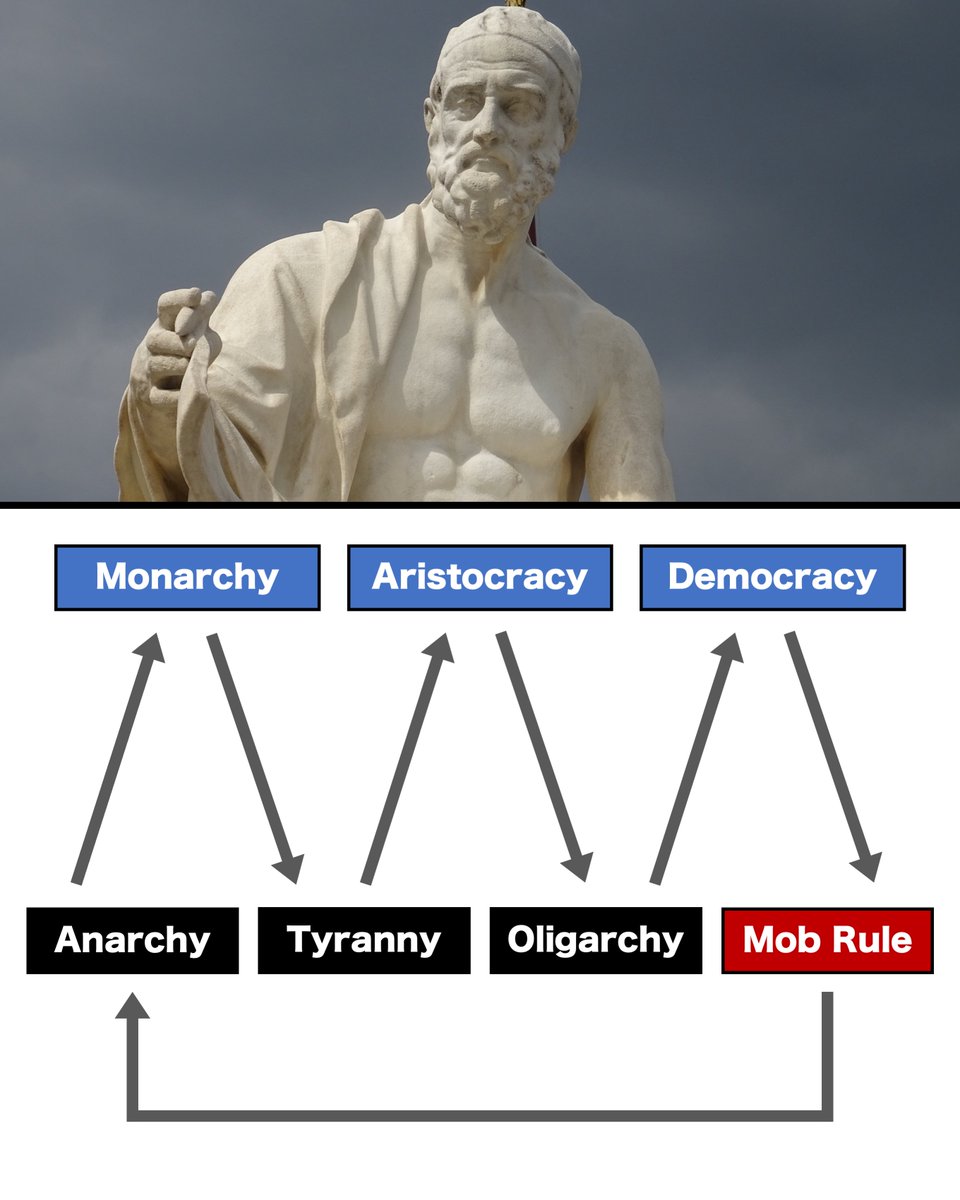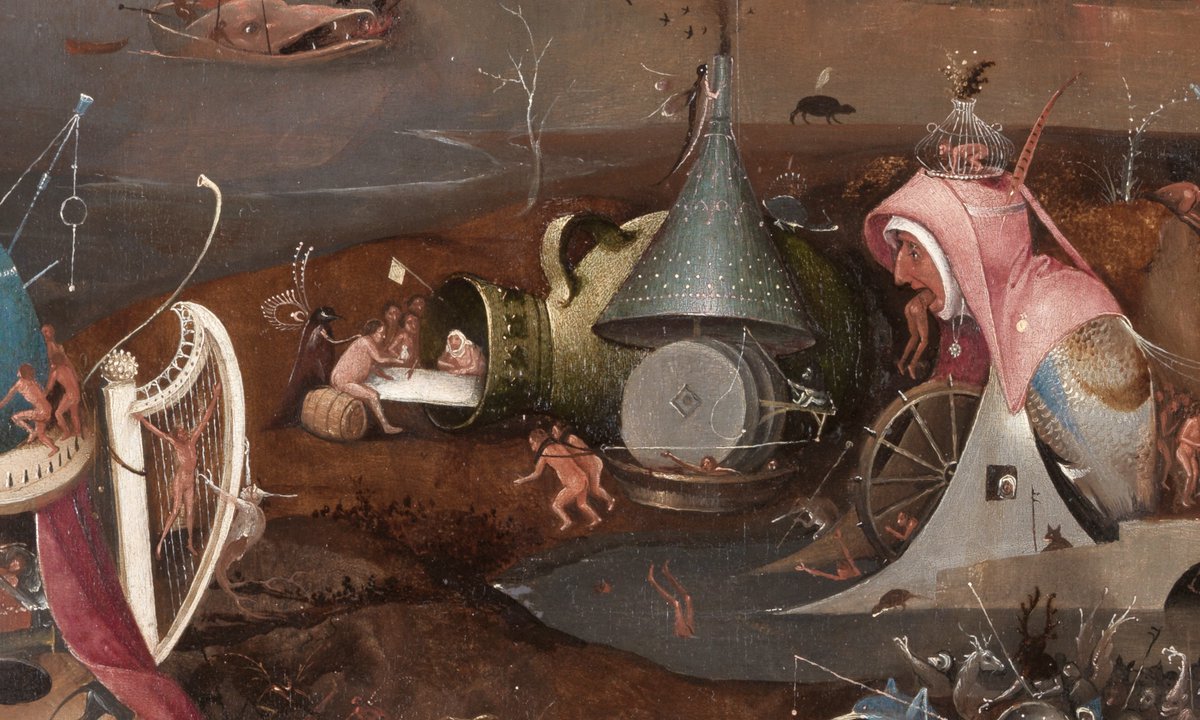New analysis recently revealed the Shroud of Turin (Christ's alleged burial cloth) to be 2,000 years old.
But that's just one of the relics of Jesus — the Vatican claims to have far more.
Here are the most interesting, and why they could be real... (thread) 🧵
But that's just one of the relics of Jesus — the Vatican claims to have far more.
Here are the most interesting, and why they could be real... (thread) 🧵

Relics associated with Jesus are some of the most sought after objects in existence.
Countries have paid their entire annual budgets to get hold of them, or traded them off for armies...
Countries have paid their entire annual budgets to get hold of them, or traded them off for armies...

Turin's Shroud is perhaps the best known: a linen cloth said to be the real burial shroud, imprinted with a miraculous image.
New X-ray analysis of the linen's flax cellulose has dated it to the time of Christ.
New X-ray analysis of the linen's flax cellulose has dated it to the time of Christ.

But that isn't the only claimed image of Jesus. There's also the Image of Edessa.
Ancient written tradition states Christ himself sent a letter and portrait to King Abgar of Edessa to cure him of illness, delivered by a disciple.

Ancient written tradition states Christ himself sent a letter and portrait to King Abgar of Edessa to cure him of illness, delivered by a disciple.


Edessa's image went to Constantinople in the 10th century, and was lost in the Fourth Crusade.
But some claim it ended up in Rome. The Holy Face of San Silvestro lives in the Vatican, but a similar one is in Genoa — both hard to trace beyond the Middle Ages.

But some claim it ended up in Rome. The Holy Face of San Silvestro lives in the Vatican, but a similar one is in Genoa — both hard to trace beyond the Middle Ages.


A more interesting item held in the Vatican is the Holy Lance.
It's said to be the spear with which a Roman soldier pierced Jesus's side on the cross, and it can be traced in writings to around the 6th century.

It's said to be the spear with which a Roman soldier pierced Jesus's side on the cross, and it can be traced in writings to around the 6th century.


However, there's a competing relic held in Vienna.
This one was coveted by Napoleon, who tried and failed to capture it, and Hitler, who did capture it — (possibly) believing it granted the holder military strength, as Charlemagne once did.

This one was coveted by Napoleon, who tried and failed to capture it, and Hitler, who did capture it — (possibly) believing it granted the holder military strength, as Charlemagne once did.


Several other relics have been treated very seriously by historical leaders.
If you've ever wondered why Sainte-Chapelle in Paris was built, it was to house the Crown of Thorns...

If you've ever wondered why Sainte-Chapelle in Paris was built, it was to house the Crown of Thorns...


Can it be the real crown put on Christ's head by Roman soldiers?
It's been in Paris since Louis IX bought it in 1238 from the Latin Emperor in Constantinople. Baldwin's empire was crumbling, so he was forced to trade it for an army.

It's been in Paris since Louis IX bought it in 1238 from the Latin Emperor in Constantinople. Baldwin's empire was crumbling, so he was forced to trade it for an army.


How did it get to Constantinople in the first place?
That's where things get murky. It's first mentioned in the 5th century in Jerusalem, venerated as "the glory" of the city. When and why it was moved is unknown.
That's where things get murky. It's first mentioned in the 5th century in Jerusalem, venerated as "the glory" of the city. When and why it was moved is unknown.

That's the problem with a lot of these relics. They can often be traced to Byzantine Constantinople, but going back further is very unclear.
Except, that is, with one very significant object...
Except, that is, with one very significant object...

In the 4th century, after Constantine converted to Christianity, interest grew to locate Christ's tomb and gather any relics.
Constantine's mother, Helena, went to Jerusalem in 325 AD...
Constantine's mother, Helena, went to Jerusalem in 325 AD...

Written records say she found the site, demolished a temple that stood there, and uncovered the tomb (where the Church of the Holy Sepulchre now stands).
She also found three crosses...
She also found three crosses...

Two were allegedly for the thieves crucified next to Christ, and Christ's cross was marked by a titulus.
Helena sent part of the True Cross to Constantinople, and part of it stayed in Jerusalem.
Helena sent part of the True Cross to Constantinople, and part of it stayed in Jerusalem.

Over the centuries, the Jerusalem fragment was fought over, traded, stolen, and repeatedly carried into battle against Islamic invaders.
Eventually, it was captured by Saladin in 1187, and lost forever.
Eventually, it was captured by Saladin in 1187, and lost forever.

The Constantinople fragment was divided and scattered across Europe in the Middle Ages as gifts, and dozens of churches now claim to own a shard.
The very oldest reliquary containing a piece now lives in the Vatican...

The very oldest reliquary containing a piece now lives in the Vatican...


The Crux Vaticana is as impossible to prove as the rest, but it is the only reliquary to come from an emperor.
It was gifted by Byzantine Emperor Justin II to Rome in the 6th century.

It was gifted by Byzantine Emperor Justin II to Rome in the 6th century.


Of course, there's no way to verify whatever Helena found was real to begin with.
And the known, lucrative forgery of relics in the Middle Ages makes us rightly skeptical today...
And the known, lucrative forgery of relics in the Middle Ages makes us rightly skeptical today...

And yet, some of these objects have such weight of history and conviction behind them that they're hard to ignore.
Perhaps there's something to it...
Perhaps there's something to it...

If threads like this interest you, I go deeper in my free newsletter!
Do NOT miss tomorrow's email.
95,000+ people read it: history, art and culture 👇
culture-critic.com/welcome
Do NOT miss tomorrow's email.
95,000+ people read it: history, art and culture 👇
culture-critic.com/welcome
And here's a thread with more detail on the Shroud:
https://x.com/Culture_Crit/status/1826292229302084089?lang=en
• • •
Missing some Tweet in this thread? You can try to
force a refresh























